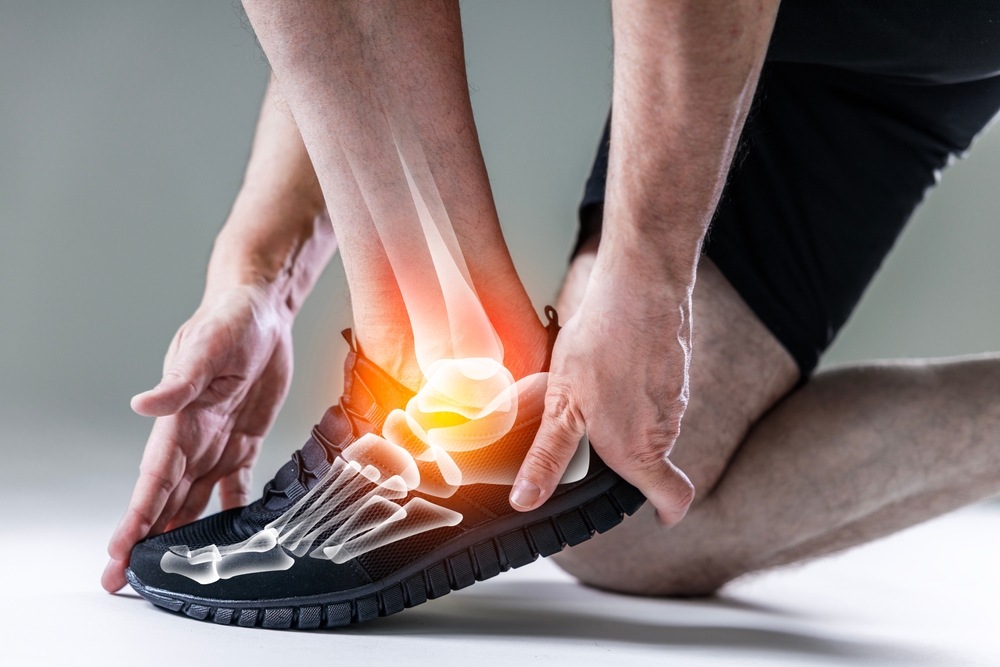Unraveling the Mysteries of Neuromuscular Adaptation: The Key to Optimal Fitness
In the quest for physical wellness and optimal fitness, understanding the human body's response to exercise is crucial. Ever wondered why some people seem to get stronger and fitter faster, while others struggle despite similar effort and consistency? The answer lies in the fascinating world of neuromuscular adaptation.

The human body is a marvel of adaptability. When subjected to a challenge, such as physical exercise, it responds by making changes at the cellular level to become stronger and more efficient. This process, known as neuromuscular adaptation, is the underpinning of fitness and physical performance.
The Science Behind Neuromuscular Adaptation
Neuromuscular adaptation is a broad term that refers to the physiological changes that occur in the nervous and muscular systems in response to training. These changes include improvements in muscle strength, power, endurance, and coordination.
Historically, research into neuromuscular adaptation focused on changes in muscle size and structure. However, recent studies have shown that adaptations within the nervous system play a significant role in initial strength gains. These neurogenic adaptations can account for up to 80% of strength gains during the early phase of resistance training.
The Role of Neurogenic Adaptation in Fitness
Neurogenic adaptation is based on the principle of neuroplasticity, the brain’s ability to change and adapt as a result of experience. When you start a new exercise regimen, your brain learns how to efficiently recruit and activate the necessary muscle groups to perform the movements.
This learning process involves the strengthening of neural pathways and the development of new motor units, enhancing coordination and power. As you continue to train, these adaptations become more pronounced, leading to improvements in physical performance.
The Interplay of Neurogenic and Myogenic Adaptation
While neurogenic adaptation is crucial in the early stages of training, myogenic (muscle-related) adaptation becomes more prominent over time. This process involves changes at the cellular level, leading to an increase in muscle size (hypertrophy) and changes in muscle fiber type.
The interplay between neurogenic and myogenic adaptations is what allows individuals to continue improving their fitness levels over time. Even after reaching a plateau in strength gains, the body can continue to adapt by enhancing muscle endurance and efficiency.
Practical Approaches to Enhance Neuromuscular Adaptation
- Consistency is key: Regular training is crucial for promoting neuromuscular adaptation. A consistent exercise routine challenges the nervous system and muscles, stimulating adaptation.
- Variety in training: Incorporating a variety of exercises in your training regimen helps stimulate different muscle groups and neural pathways, promoting a more holistic adaptation.
- Progressive overload: Gradually increasing the intensity of your workout over time ensures that your neuromuscular system continues to adapt.
- Rest and recovery: Adequate rest is crucial for adaptation. During rest periods, the body repairs damaged muscle tissue and strengthens neural pathways.
Understanding the science of neuromuscular adaptation can help you optimize your fitness regimen. By learning how your body responds and adapts to exercise, you can tailor your training to maximize your strength, endurance, and overall physical performance.
As fascinating as the science of neuromuscular adaptation is, remember that the most important part of any fitness journey is enjoyment. Choose activities you love, stay consistent, and the physical benefits will follow. After all, the best exercise routine is one that you can stick to in the long run.




